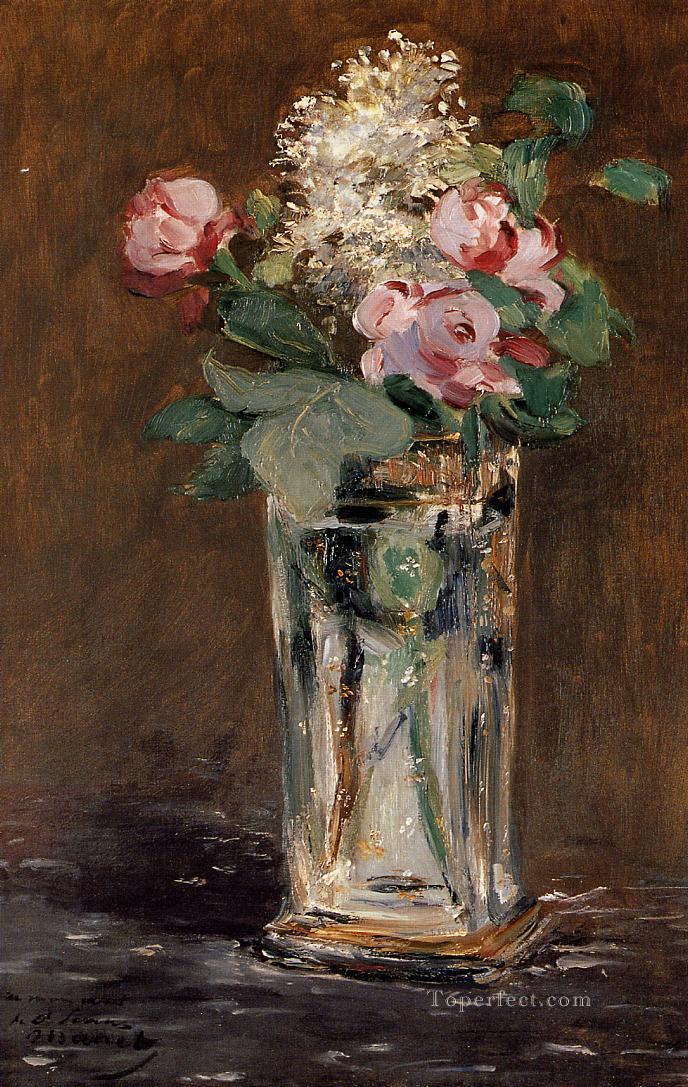

At the age of 18 Manet became an apprentice of the classical painter Thomas Couture and stayed there for six years. But since he failed the entrance examination for the naval college twice, his parents finally gave in and allowed him to study art. On his father's advice, he went on a training ship to Rio de Janeiro as an apprentice. But that again did not correspond to Manet's ideas. Manet's parents were against his desire to become an artist and encouraged him to study law. He advised him to attend a special art course, where he became friends with Antonin Proust. His uncle awakened his interest in art and often visited the Louvre with him. But Manet had little love for school and was a rather underachieving student. His father was Chief of Staff of the Ministry of Justice and gave his son an appropriate education. Manet was born into an upper class family with a high political influence.
MA 3950 Notebook 1, pp.Edouard Manet was a modernist painter whose works were decisive for the transition from Realism to Impressionism. MA 3950 Notebook 1, front pastedown–p.1. Bailey, Director, The Morgan Library & Museum Read more: Édouard Manet’s Notebook, 1860–1862, by Colin B. Bailey, Director, The Morgan Library & Museum, 2019 Notably, it includes the earliest known reference to the white woman who posed as the courtesan in his celebrated work Olympia (1863)-Victorine Louise Meurant (called “Louise Meuran” in the notebook)-and the only known reference to Laure (her last name unknown), the Black model Manet depicted as a maid bearing a bouquet of flowers in the same painting.Ĭolin B. The notebook includes the names, and occasionally the addresses, of several women who modeled for Manet during these years. (1860–1862) / Many addresses, including models. (1860–1862) / Nombreuses adresses, notamennent de modèles. Tabarant also added the label on the notebook’s front cover, identifying it as Manet / Carnet de notes. The volume once belonged to the author and critic Adolphe Tabarant (1863–1950), who made his own notes on some of the pages and inserted two sheets identifying Manet’s illustrations, in some instances incorrectly. Manet filled about 38 of the notebook’s 102 pages, leaving many blank. Mèche, located at 189 rue Saint-Honoré, across from the Church of Saint-Roch, just steps from the Tuileries Gardens. The inside front cover bears a label of the stationer J. The notebook is small (10.9 x 14.1 cm), bound with a leather spine and embossed paper-covered boards, and heavily worn from frequent use. 

He likely carried the notebook in his pocket and extracted it to record the names and addresses of models, publishers, framers, and collectors, jotting down accounts and sums owed to him, and making pencil sketches for works in progress, including Children in the Tuileries Gardens.

He used it in the early 1860s, when he was between the ages of twenty-eight and thirty, documenting aspects of his everyday life and work in the two years leading up to his most significant contributions to modern painting, Le Déjeuner sur l’herbe and Olympia. This is the only surviving personal notebook of the French artist Édouard Manet (1832–1883).








 0 kommentar(er)
0 kommentar(er)
